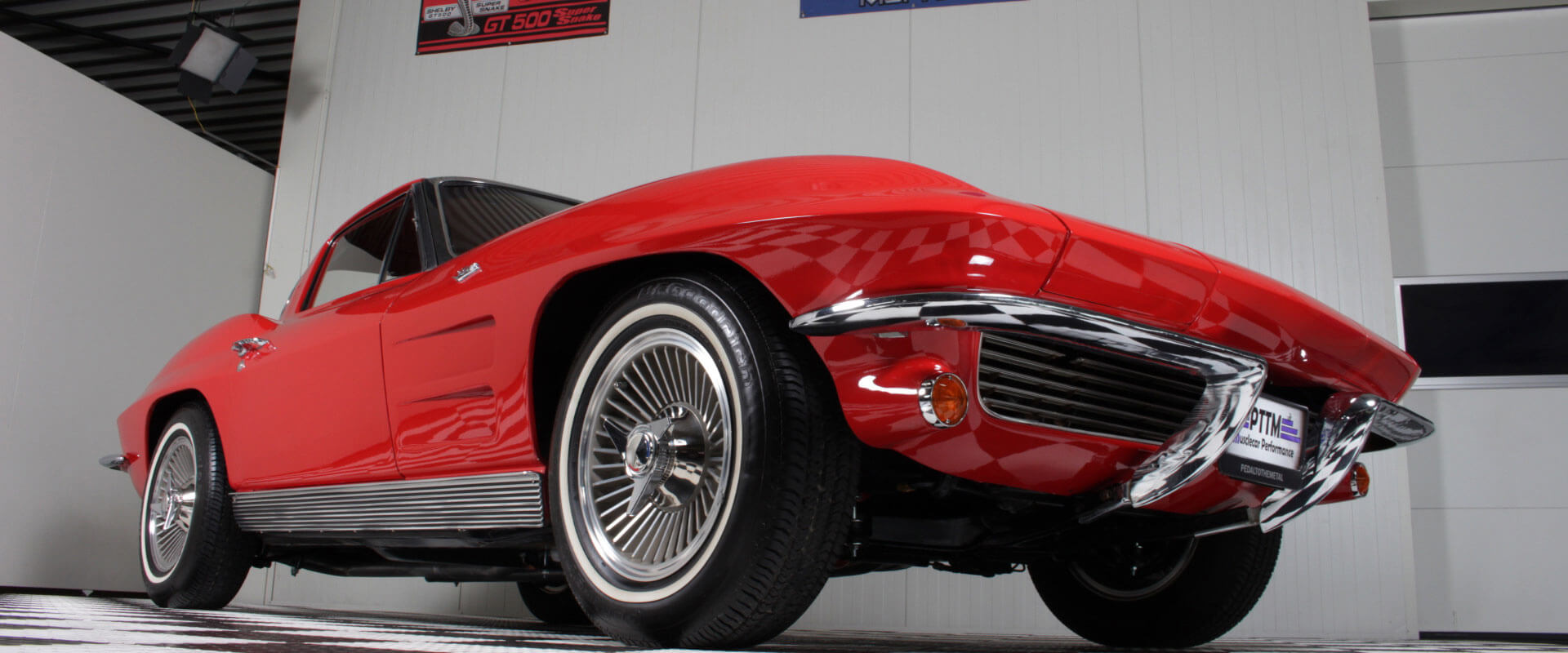
Matching numbers guide
In the collector’s car hobby, most investment-minded buyers are acutely interested in a specific car’s history. One of the main aspects of that history is an original, or, as most people state it, numbers-matching, drivetrain. At Pedaltothemetal muscle cars we feature a plethora of original and numbers-matching classics, including ‘Cudas, Road Runners, Chevelles, Camaros, Corvettes and Trans Ams. And, if a potential buyer knows how to properly identify and interpret certain manufacturing codes, they can further validate their car’s history, or on request, we can provide it. Numbers-matching refers to the car’s unique VIN being stamped on major drivetrain components, and with some brands, Vin codes are stamped on hidden places on the body of the car, thus verifying those components’ “authenticity” in relation to the car. That said, there are a few different variations of that definition. Some people believe the car only needs an original engine to qualify as numbers-matching. Others believe the engine, transmission, and body codes must all be stamped for the car to qualify as numbers-matching. But the generally accepted rule is a car that has both its engine and transmission are stamped, although we feel that body numbers are maybe even more important. A car can be “matching numbers” with, for instance, a factory-installed replacement engine, as in some cases the engine or transmission was swapped at the factory due to engine problems. Body vin really identifies a car. Especially when it matches a car’s body tags or a build sheet or window stickers.
It wasn’t common for components of classic American cars to be VIN-stamped until the 1968 model year. That means most 30s, 40s and 50s era cars are considered original if they have an era-correct drivetrain. But as from early 1968 it became mandatory by law that all cars had vin stamping on body and drivetrains. From the factory, before that period, each piece of that drivetrain is equipped with a casting and/or date code. If that casting and/or date code is correct to the time period in which the car was assembled, it is assumed to have an original drivetrain. So for instance an early build 1968 Mopar can be called factory correct without having its matching number drivetrain in place, but a 69 car normally should have all numbers matching, or factory replacement and so on.
So beginning in 1968, virtually all American cars featured major components that were VIN-stamped to prevent theft and fraud. With that in mind, it’s pretty easy to fake a simple stamp, and, believe it or not, some clubs actually condone re-stamping components to create a correct appearance. This scenario is where a little of personal knowledge comes in. If the partial VIN stamp looks too clean, aligned, or planned, it could be a re-stamp, although through our many years of seeing hundreds of cars and vins, it’s hard to really guarantee these stamps. Even on the factory floors, errors were made, stamps were “incorrectly” stamped,” different types and sizes of fonts were used, and stamps were sometimes also re-stamped on top of each other, and so on. So there is no absolute guarantee that the numbers match. Discussions on these matters, especially online, are huge, and everybody has a different opinion about them. But be realistic and understand that the stamping was done by humans in a period of time when computer systems didn’t exist and changes occurred because of changes in work shifts, workers, tools, and administrations. We have seen cars that were produced almost right after each other on the production line, but one had many differences from the other. Also, keep in mind that most car brands have different production plants for the same cars!
We at PTTM do our best to describe our cars as good as possible, but even with our knowledge, it’s by no means a guarantee of exact science that a car is a 100% factory-correct number-match car. As that is no longer a sure deal after 45 years, But if we have a certain feeling, at a certain point in time, or facts that tell us that a certain car is not original matching, we will either not state the fact, state its date correctly, or state none of both. But again, in the end, the official rule we also follow is that if the numbers we read of a block or car at the correct location that is generally accepted match the vin, we can call it numbers matching. After that, it is up to the buyer’s feeling and risk to make sure for himself if the car is or is not that.
And to add some more details to the confusion, unfortunately, as with most historic things, classic car provenance isn’t an exact science. That means there are a few exceptions to the rule. For example, Chrysler’s 426 Hemis were cast in batches, with some blocks seeing quite a bit of shelf time before installation. And the 6.6-liter V8s for Pontiac’s ‘79 Trans Ams were assembled from stockpiled blocks cast in 1978. And also, for instance, Ford used some left-over 390 blocks and put them in 428 cars at a time when 428 short blocks were out of stock, and we can keep going on and on. Of course, if you’re still uncertain, you can always have the numbers validated by a professional inspector like Jerry MacNeish, Galen Govier, or Marti Auto Works, but again, even they can give an indication, but nobody can rule out that they might be really incorrect or correct in the end. There is, however, the general rule of thumb that it has to be realistic, and if you see a 1969 charger that has the Vin stamped on the block but not on the correct pad, but let’s say on the valve cover, you can assume that that car is not a true number-matching car.